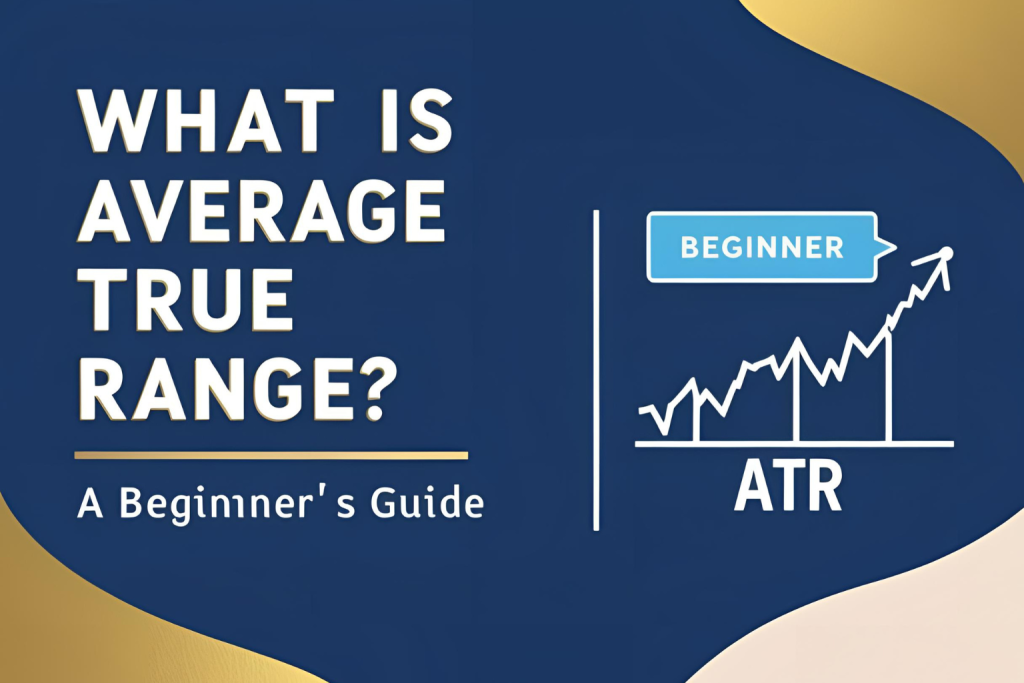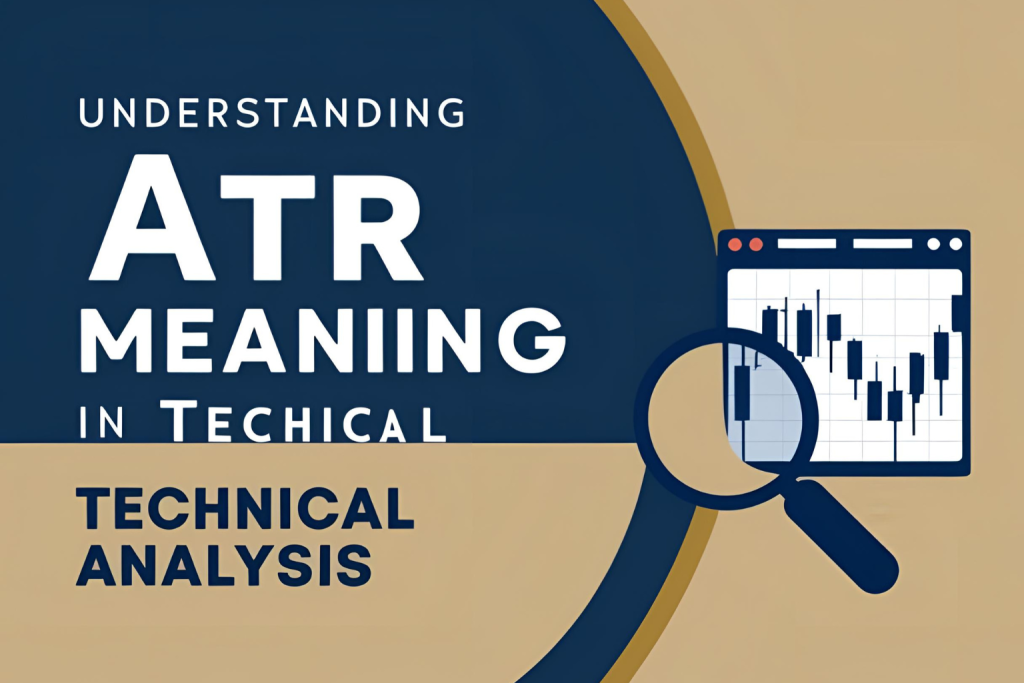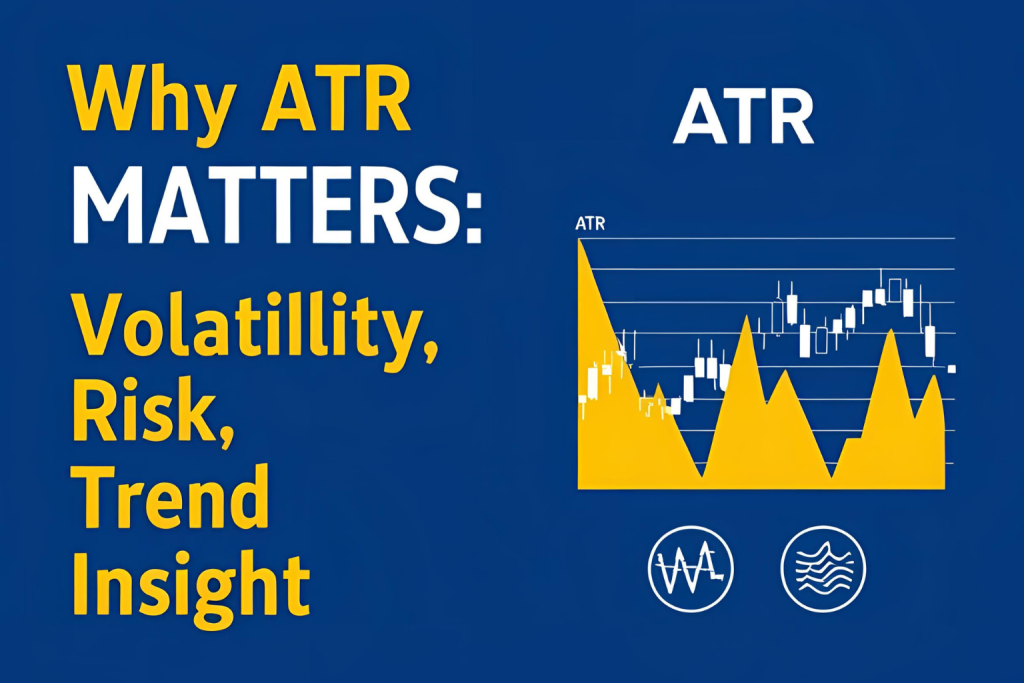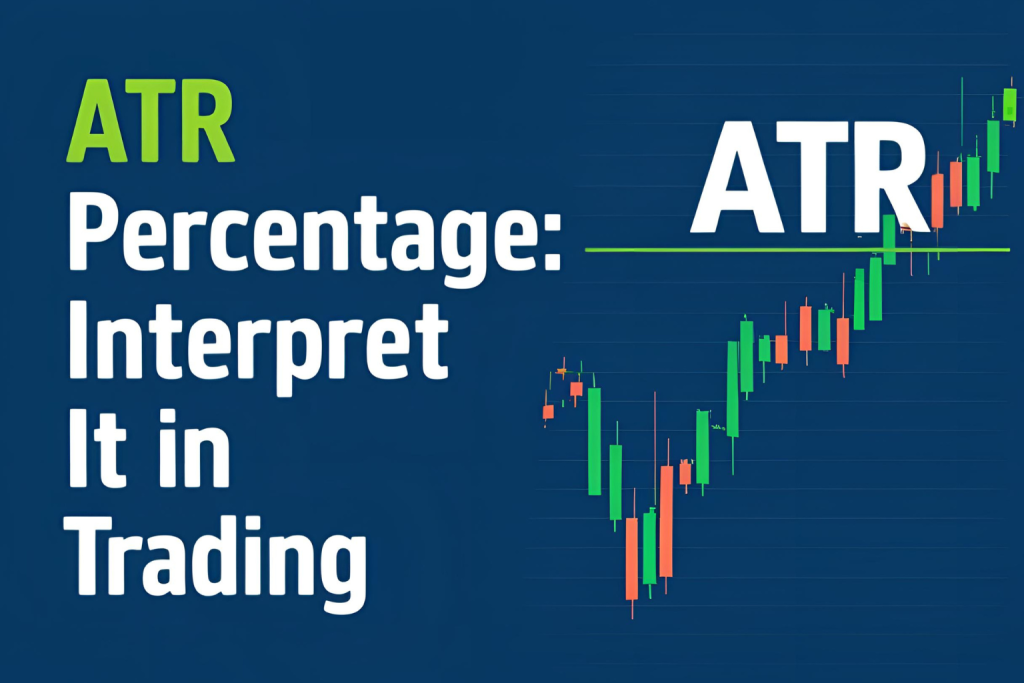If you’re asking how is ATR calculated, you’re on the right path to understanding market volatility. The Average True Range (ATR) is built on a simple yet powerful formula that shows how much an asset typically moves during a specific period. Let’s break it down step by step.
What Is the True Range?
Before you can calculate ATR, you need to know the True Range (TR). This value captures the most significant price movement for a period.
The True Range is the greatest of the following:
- High – Low (current candle)
- High – Previous Close (absolute value)
- Low – Previous Close (absolute value)
This accounts for price gaps and volatility spikes that a simple high-low range might miss.
Step-by-Step: ATR Calculation
Let’s assume we want to calculate ATR over 14 periods:
- Calculate True Range for each of the 14 periods.
- Add up all 14 True Range values.
- Divide by 14 to get the initial ATR.
This gives you the simple moving average (SMA) of the true range.
ATR Formula
Here’s the general formula for ATR:
iniCopyEditATR = [(Prior ATR × (n - 1)) + Current TR] / n
Where:
- n = number of periods (commonly 14)
- TR = True Range of the current period
- ATR = Average True Range
This formula is an exponential moving average, so each new ATR reflects more recent price changes.
ATR Example (Simple)
- Suppose the last 14 True Ranges are:
1.2, 1.5, 1.3, 1.7, 1.4, 1.6, 1.3, 1.8, 1.2, 1.4, 1.6, 1.5, 1.3, 1.7 - Add them up = 20.9
- Divide by 14 = 1.4928
ATR = 1.49 (rounded)
This means the asset moves about 1.49 points on average per day.
Why This Matters
Understanding the ATR formula helps you:
- Measure price volatility accurately
- Create dynamic stop-loss or position sizing strategies
- Read the market more clearly, especially during high or low volatility
Final Words
The Average True Range may sound technical at first, but once you understand how ATR is calculated, it becomes a reliable tool for spotting volatility. Most platforms calculate it for you—what matters is knowing what it means.
✅ FAQs
1. What is the period used for ATR calculation?
ATR is typically calculated over 14 periods, but you can customize it based on your strategy.
2. What is the best formula to use for ATR?
The standard method is the exponential moving average of the True Range.
3. Can I calculate ATR manually?
Yes. You need historical High, Low, and Close data to calculate the True Range and then average it.
4. Why not just use High minus Low?
High-Low misses overnight gaps or sudden changes; ATR’s True Range handles those better.
5. Is ATR calculated differently on different platforms?
Most use the same formula, but slight variations may exist (e.g., using SMA vs EMA).




